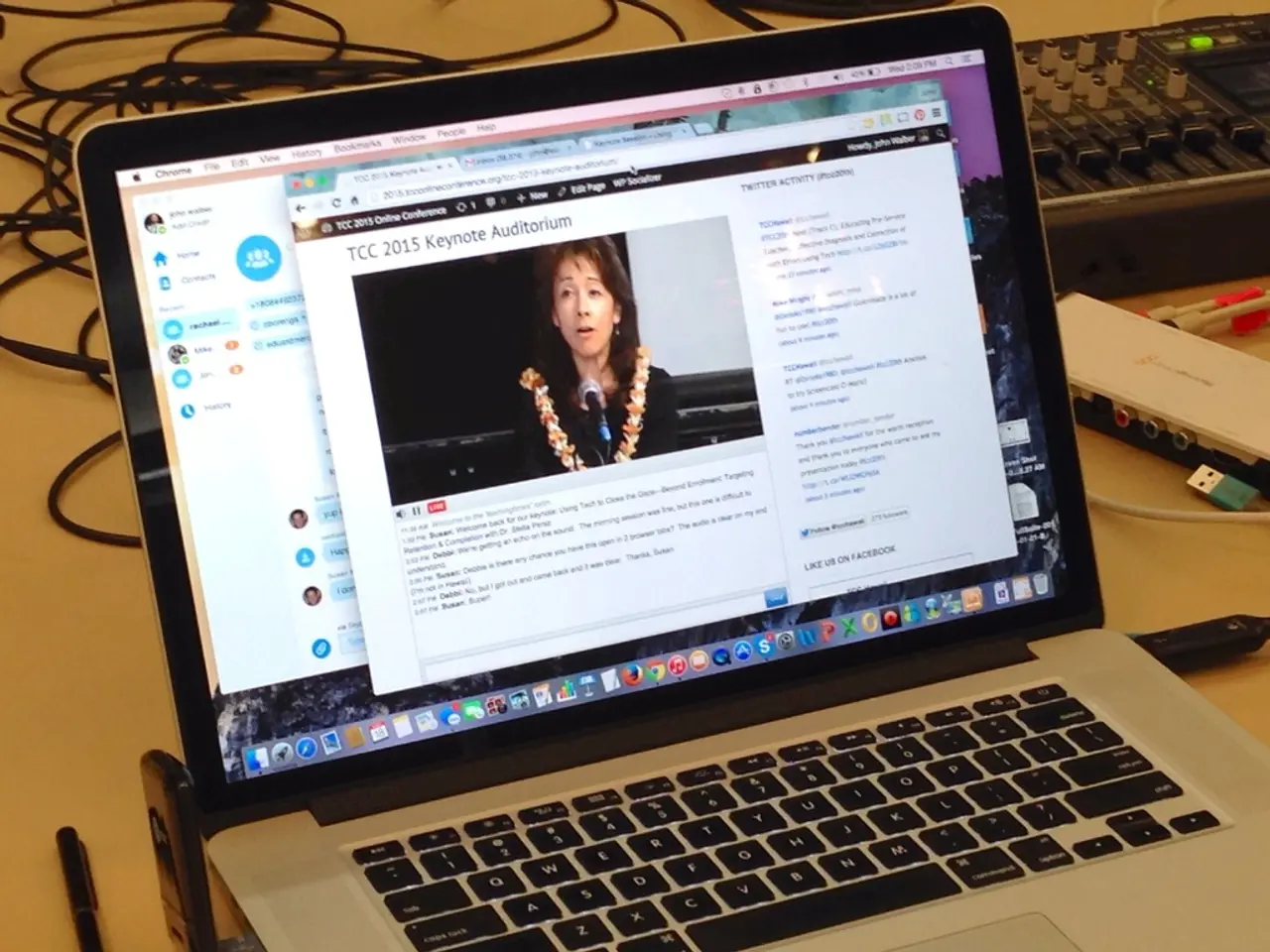Comparison between Android Development and iOS Development: Differences and Similarities
In the ever-evolving world of mobile app development, businesses often find themselves torn between Android and iOS platforms. Each has its unique advantages and challenges, making the choice a significant one.
When it comes to programming languages, Android development primarily relies on Java and Kotlin, with some apps also using C and C++. On the other hand, iOS development is dominated by Swift and Objective-C.
The development environment also varies. Android developers commonly use Android Studio, based on IntelliJ IDEA, while iOS developers prefer Xcode, Apple's official IDE. The latter offers tools tightly integrated with iOS hardware and services.
In terms of market reach, Android has a broader global presence due to its availability on a variety of devices from numerous manufacturers, from budget to premium. In contrast, iOS is limited to Apple devices, but its user base tends to spend more on apps.
Design guidelines also set the two apart. iOS apps follow Apple's Human Interface Guidelines, emphasizing simplicity, consistency, intuitive navigation, and a uniform user experience. Android, on the other hand, promotes customizability through Material Design, allowing developers more flexibility to create diverse UI styles.
When it comes to app store policies, the iOS App Store has a stricter, more controlled review process, which ensures robust security and a consistent quality standard. However, this can be more time-consuming and restrictive. The Google Play Store, on the other hand, has a faster review process, often just hours, but quality control can be less strict.
Developing native apps for both platforms can be costly, as it requires separate codebases, extensive testing on multiple devices, and compliance with different store policies. Cross-platform development, which targets both platforms from a single codebase, can reduce costs and development time but may compromise some native performance benefits.
Interestingly, iOS developers typically command higher salaries than Android developers in some markets, increasing the overall cost. The cost for an Android developer account is a one-time fee of $25, while the cost for an iOS developer account is $99 per year.
In summary, the choice between Android and iOS development impacts programming languages, costs, and design approaches significantly. iOS development could be the way to go if targeting high-spending markets with a polished user experience. Android development, on the other hand, might be the best option for a wider reach and flexibility. However, the stricter, more time-consuming review process of the Apple App Store often results in higher app quality, while the Google Play Store's faster review process offers quicker app publication.
Technology plays a crucial role in the lifestyle of app developers, as they need to decide between the Android and iOS platforms for their creations. This choice significantly impacts their lifestyle, as it determines which programming languages they'll use (Java/Kotlin for Android, Swift/Objective-C for iOS), the development environment they'll work in (Android Studio or Xcode), and even their potential salary (higher for iOS developers in some markets). Moreover, the app store policies also differ, with the Apple App Store offering a more controlled, although lengthier and stricter, review process compared to the Google Play Store's faster but potentially less stringent one.




